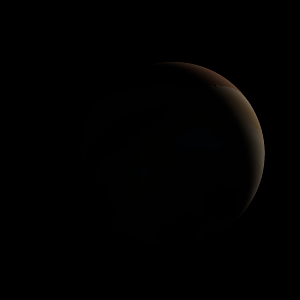|
|
Space Astro
|
Info for exoplanet "Nyogupyo"
| Scientific (actual) data |
|---|
| Name | Kepler-644 b |
| Planet status | Confirmed |
| Radius | 0.281 |
| Orbital period | 3.17392 |
| Discovered | 2016 |
| Updated | 2021-02-05 |
| Tconj | 2455000 |
| Publication | Announced on a website |
| Detection type | Primary Transit |
| Alternate names | 2MASS J19415417+4329352 b, K00685.01, KIC 7764367 b, KOI-685 b, KOI-685.01, WISE J194154.16+432934.9 b |
| Star name | Kepler-644 |
| Right ascension | 295.48° |
| Declination | 43.49° |
| Mag j | 12.921 |
| Mag h | 12.725 |
| Mag k | 12.574 |
| Star distance | 1413 |
| Star metallicity | 0.08 |
| Star mass | 1.49 |
| Star radius | 1.81 |
| Star age | 1.62 |
| Star temperature | 6747 |
| Star alternate names | 2MASS J19415417+4329352, KIC 7764367, KOI-685, WISE J194154.16+432934.9 |
| Wikipedia article | Kepler-644 b |
Back
| |
| Fictional info (?) |
|---|
| Suggested name | Nyogupyo |
| Planet type | Cold planet |
| It was the one of the first exoplanets visited by a spacecraft, and one of the first to be successfully landed on. |
| Atmosphere | Ethane | 96% |
| Helium | 2.9% |
| Hydrogen chloride | 0.72% |
| Ammonium hydrosulfide (NH4SH) | 0.00042% |
| Atmospheric pressure | 0.003 bar |
 |
| No known satellites |
| Google search for Nyogupyo |
|
Website by Joachim Michaelis
|
|
|
|